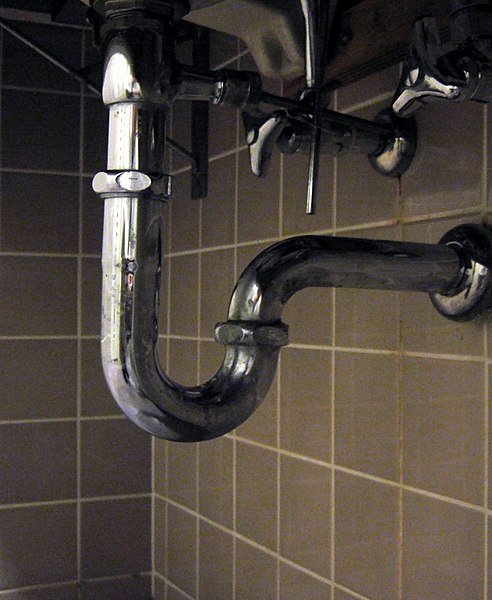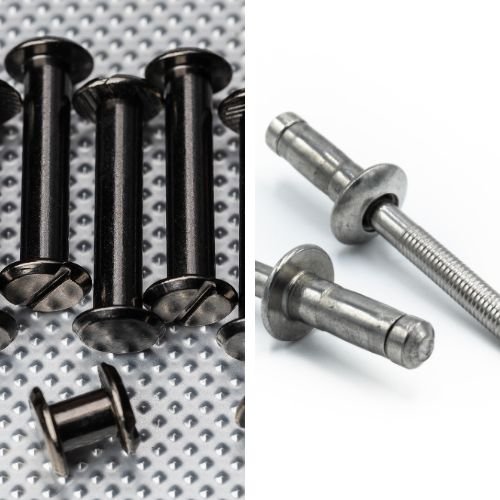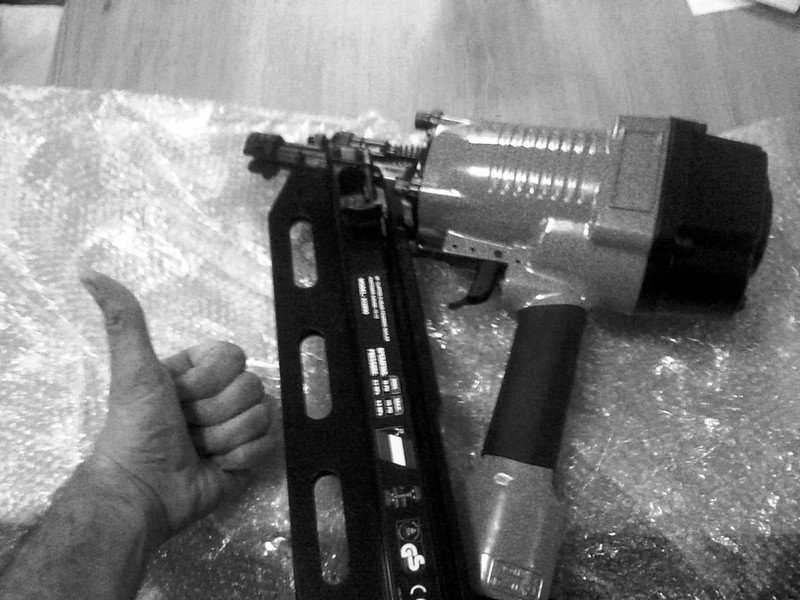Let’s talk about one of the most underappreciated yet essential components in plumbing: the P-trap. You probably see it every day under your sink, but how often do you think about what it does or the different kinds available?
If you’re like most people, the answer is “rarely” or even “never.” Well, it’s time to give the humble P-trap its moment in the spotlight.
The P-Trap..

Well, without P-traps, your home would constantly smell like a sewer. That’s not an exaggeration. P-traps form a barrier of water between your living space and the smelly, potentially harmful gases lurking in your drainage system. They’re like silent guardians, working 24/7 to keep your home safe and livable. And they do more than just block odors—they also trap small objects that accidentally slip down the drain, giving you a chance to rescue that lost earring or wedding ring.
Now that we’ve established why P-traps are amazing, let’s dive into the fascinating variety of these plumbing superheroes. Each type has a unique role to play, and knowing the difference can save you a lot of time, money, and headaches.
The Varieties of P-Traps:
1. Plastic P-Traps: The All-Rounder
If P-traps had a popularity contest, plastic ones would win hands down. These are the workhorses of modern plumbing. Made from materials like PVC (Polyvinyl Chloride) or ABS (Acrylonitrile Butadiene Styrene), they’re lightweight, affordable, and resistant to corrosion. You’ll find them under most kitchen and bathroom sinks because they’re easy to install and maintain.
Here’s the thing about plastic P-traps: they’re not glamorous, but they’re reliable. If you need something functional that’ll get the job done, plastic is your go-to. And don’t let the “cheap” label fool you—these traps are surprisingly durable if installed correctly.
2. Metal P-Traps: Style Meets Substance
Now, let’s talk about their fancier cousins: metal P-traps. These are typically made from chrome-plated brass or stainless steel, and they’re as much about aesthetics as they are about functionality. Imagine you’ve just renovated your bathroom with a sleek, modern design. The last thing you want is a cheap-looking plastic P-trap ruining the vibe. That’s where metal traps come in—they’re strong, durable, and undeniably stylish.
However, there’s a caveat: metal traps are more expensive, and they can corrode over time if exposed to harsh chemicals. But for exposed plumbing in high-end spaces, they’re worth every penny.
3. Deep Seal P-Traps: The Long-Term Thinker
Deep seal P-traps are the overachievers of the P-trap world. They’re designed with a deeper curve that holds more water, making them ideal for situations where evaporation could be an issue. Think of drains in basements, garages, or vacation homes that don’t get frequent use. The extra water in these traps lasts longer, maintaining the barrier against sewer gases.
If you’ve ever walked into a space and noticed a faint sewage smell near an infrequently used drain, it’s likely because the standard P-trap dried out. Deep seal traps can solve that problem beautifully.
4. Bottle P-Traps: The Space-Saver
Imagine you’re working with a tiny pedestal sink, and space is at a premium. Enter the bottle P-trap. Compact and efficient, this type looks more like a cylinder than the traditional U-shape. It’s perfect for tight spaces and modern designs, but it’s not without drawbacks. While bottle traps are easy to clean, they’re not as effective at preventing clogs as their U-shaped counterparts. So, while they win in style and size, they lose a few points in functionality.
5. S-Traps: The Old-School Contender
Let’s clear up some confusion: S-traps are not technically P-traps, but they serve a similar purpose. The main difference? S-traps drop straight down into the floor rather than connecting to a horizontal pipe. These traps are now largely outdated because they’re prone to losing their water seal due to siphoning. Modern plumbing codes generally frown upon S-traps, but you’ll still find them in older homes. If you’re renovating, it’s a good idea to replace these with a more efficient P-trap setup.
6. Adjustable P-Traps: The Flexible Friend
Ever tried to fit a square peg in a round hole? That’s what misaligned pipes feel like in plumbing. Adjustable P-traps are here to save the day. With movable joints and flexible components, these traps can adapt to almost any alignment issue. They’re especially useful in older homes where pipes don’t always line up neatly. If you’re a DIY enthusiast or tackling a quirky plumbing project, adjustable P-traps are a lifesaver.
How to Pick the Right P-Trap
Choosing the right P-trap isn’t rocket science, but it does require some thought. Here are a few tips:
- Consider the Material: Plastic is great for everyday use, while metal adds a touch of elegance.
- Think About Location: Use deep seal traps for rarely used drains and bottle traps for tight spaces.
- Check Local Codes: Some areas have strict regulations about the types of traps you can use.
- Plan for Maintenance: Easy-to-clean traps can save you a lot of hassle down the road.
A Tribute to the Unsung Hero
P-traps may not be glamorous, but they’re indispensable. From keeping your home odor-free to rescuing lost treasures from the abyss of your sink, they’re always working behind the scenes. Understanding the different types and their uses isn’t just for plumbers—it’s knowledge every homeowner should have.
So, next time you glance under your sink, take a moment to appreciate the P-trap. It’s not just a piece of plumbing; it’s a small but mighty hero in the story of modern sanitation.



